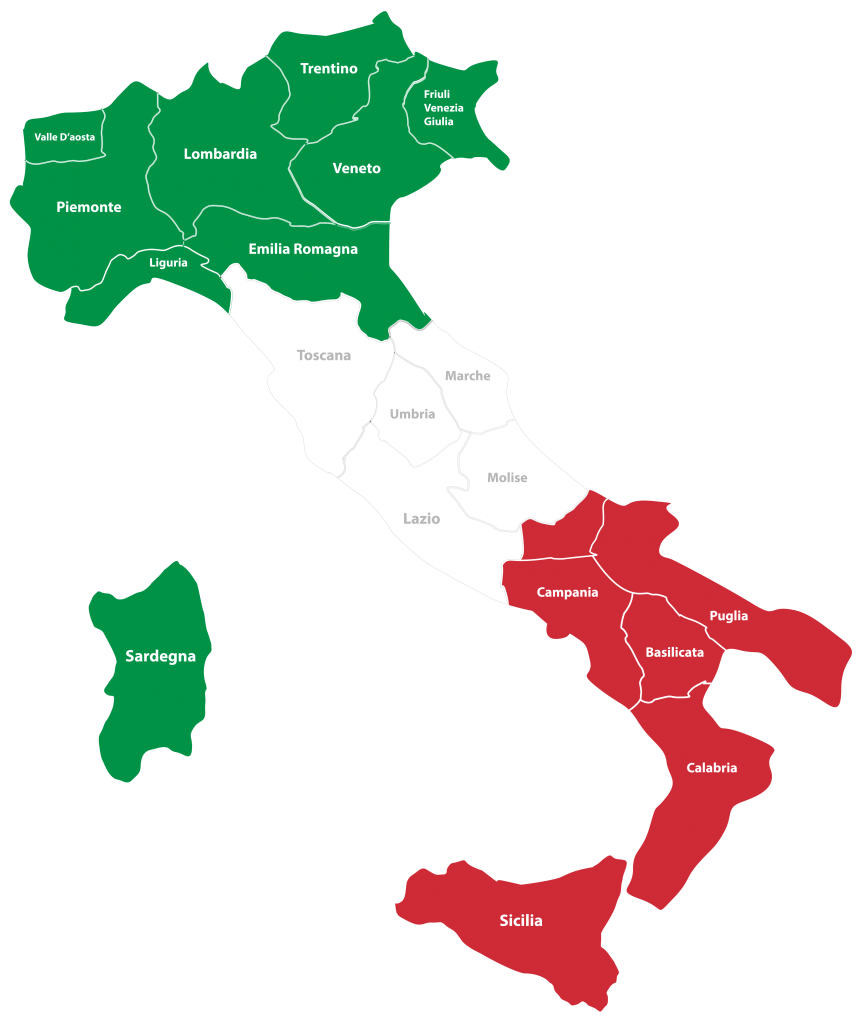Italian Translation Services

Language History
Italian stems from Vulgar Latin, the spoken language of ancient Rome, used particularly by the “less educated” citizens. Classical Latin on the other hand, was used for literary reasons. There are even several Latin words still used in Italian today like “causa” and “poeta”. As the ancient Romans conquered more areas and their empire grew, Latin became diffused and was a spoken language until approximately AD 476. It was the fall of the Roman Empire when Italian formed several dialects, like the Florentine dialect which had the most exposure in Italy. This dialect became prominent through the literary works of writers such as Dante, Petrarca and Boccaccio. After socio-political events such as the unification of Italy and WWII, more and more Italians started speaking standard Italian. Until today, all regions still have their unique dialects across the country.
It is believed that approximately 63 million people around the world speak Italian as a first language. Another 3 million speak it as a second language!
Where is Italian Spoken?

FACT
Did you Know?
Italian Dialects
Some of them are so different from Standard Italian that many
linguists consider them as separate languages.
• Neapolitan • Sicilian • Friulian • Catalan • Sardinian
…Many more
“Italian is the official language of classical music.”
False Friends in Italian and English
4 Easy Phrases in Italian!
Population vs. Internet Penetration
Italy Population:
59,216,525
Internet Users:
54,798,299
Penetration:
92.5%
As of 2019. Source:
www.internetworldstats.com
FACT!
Italian Translation Tips
• Bear in mind that an English to Italian translation will expand in text significantly (around 30%). For this reason, consider using extra space for layout.
• Unlike English, Italian is a gendered language – be weary of suffixes!
• Italian may use the Latin Alphabet like English, but the letters j, k, w, x, and y don’t exist unless used for Latin expressions or foreign words.
• For English quotation marks ” “, << >> are used in Italian (although ” ” are also used).






